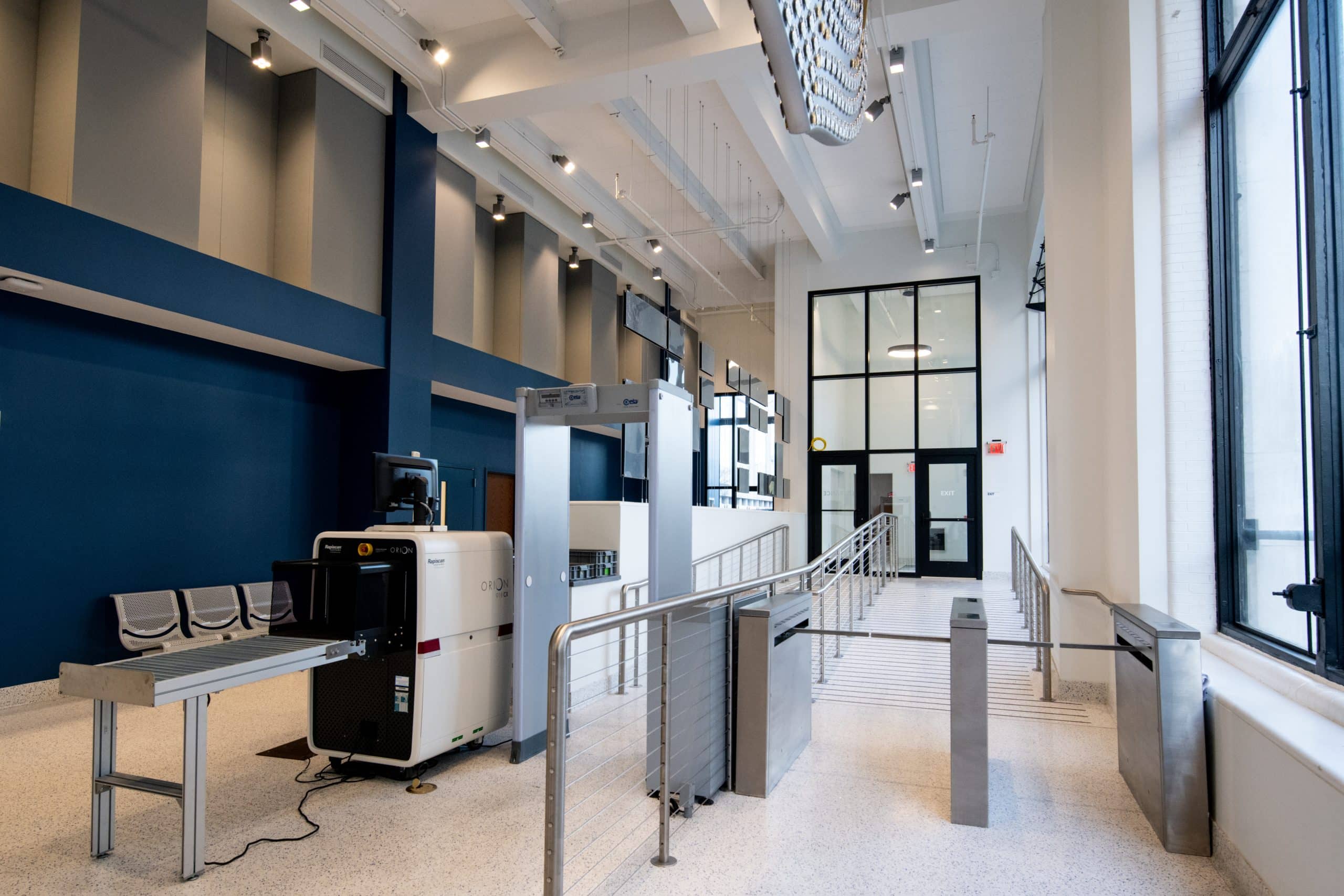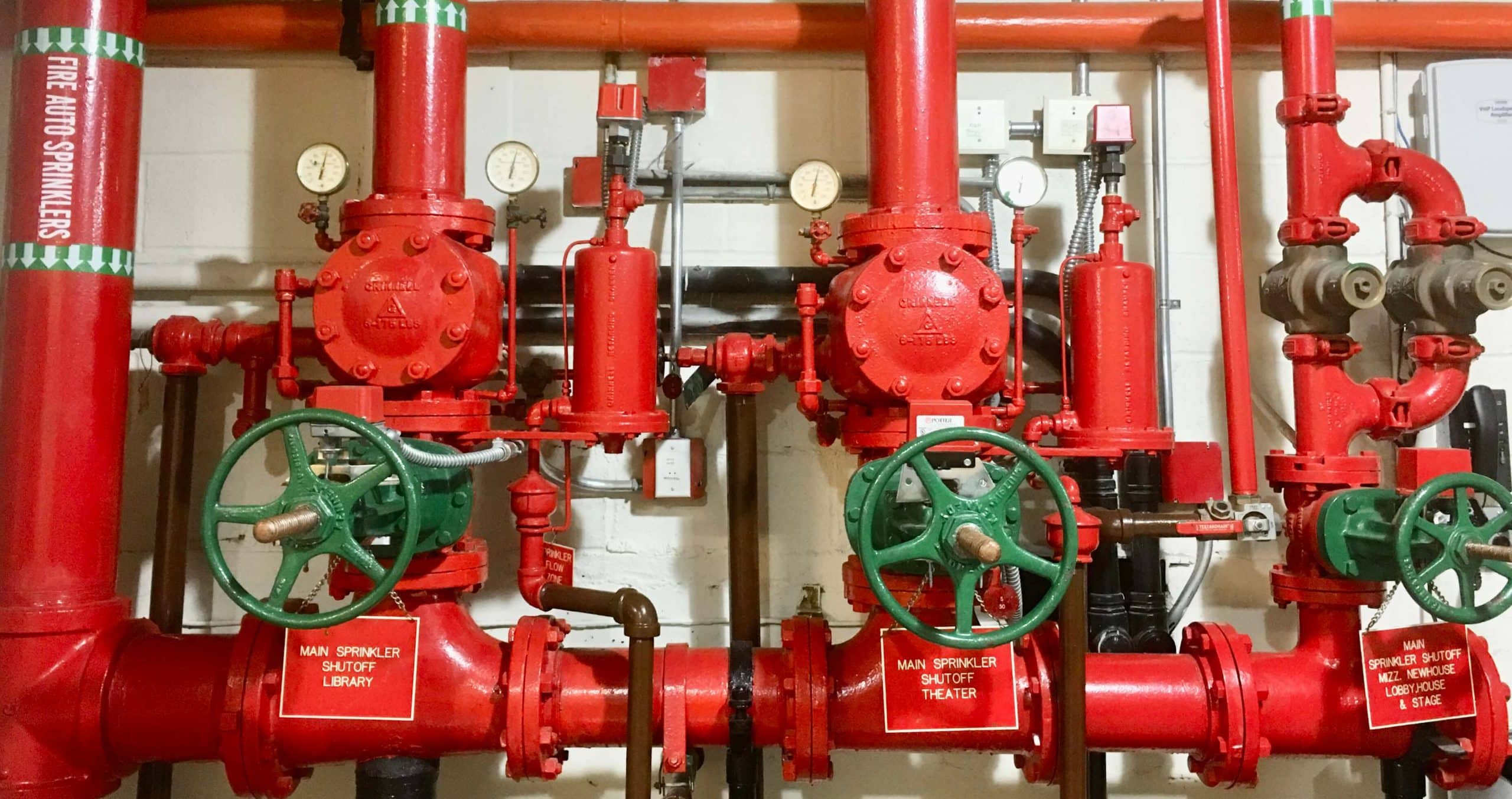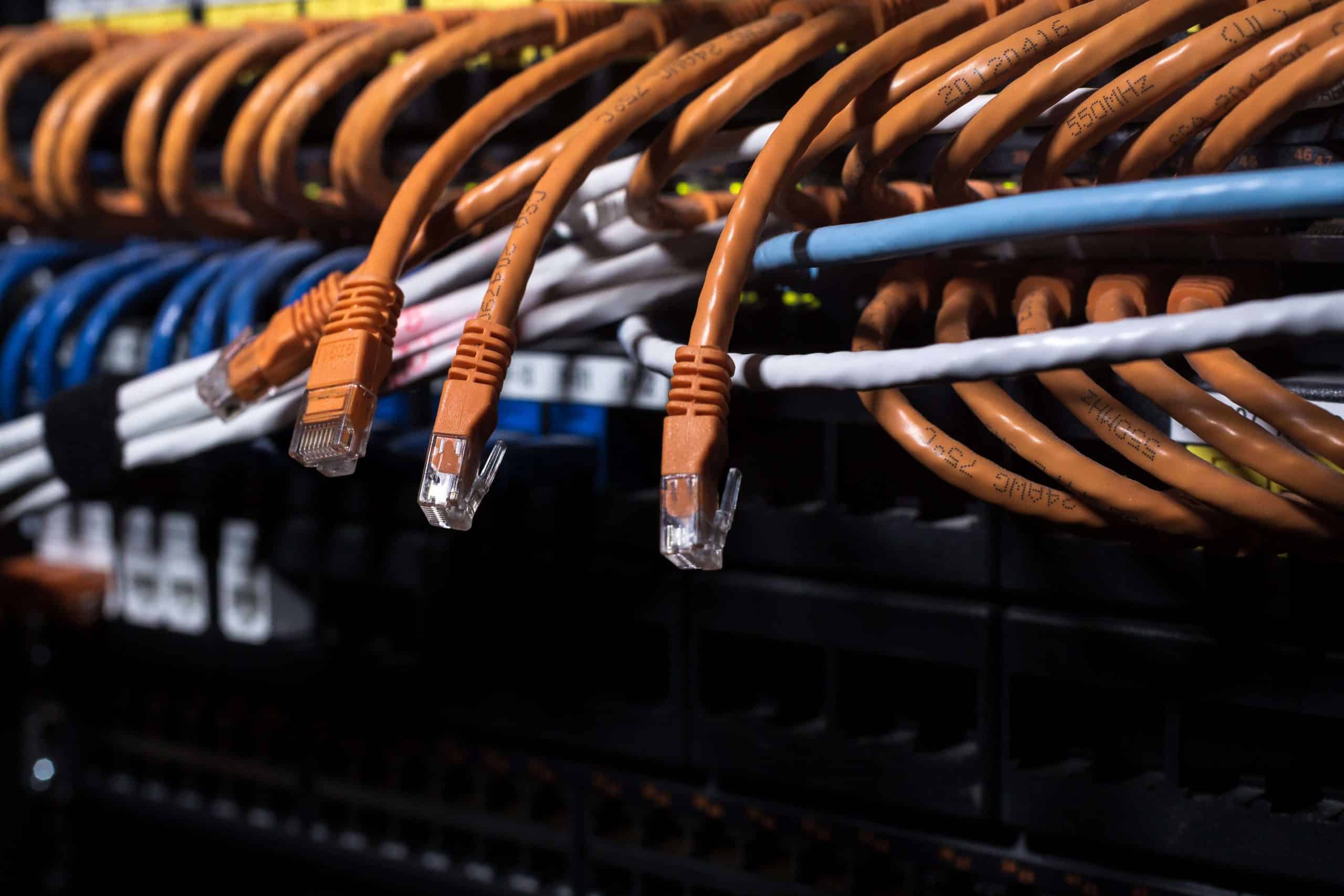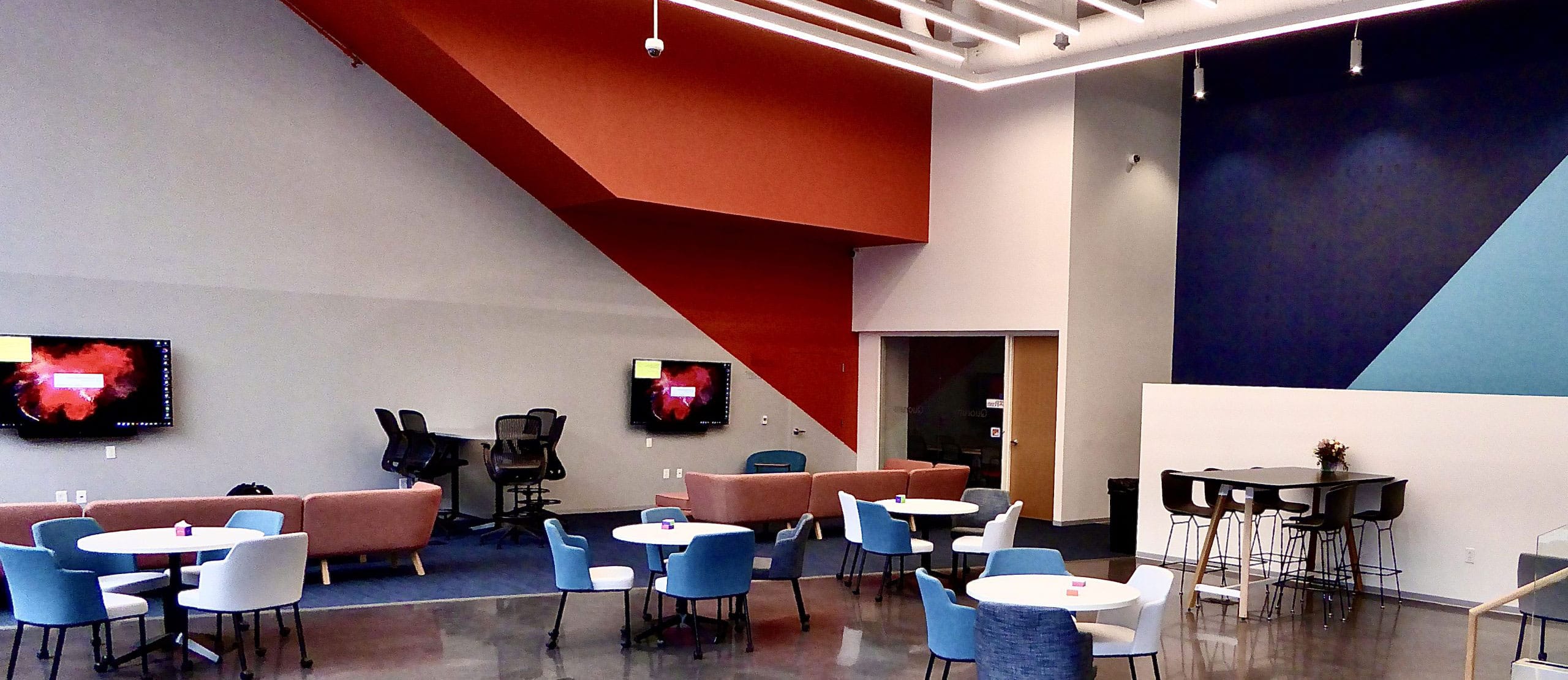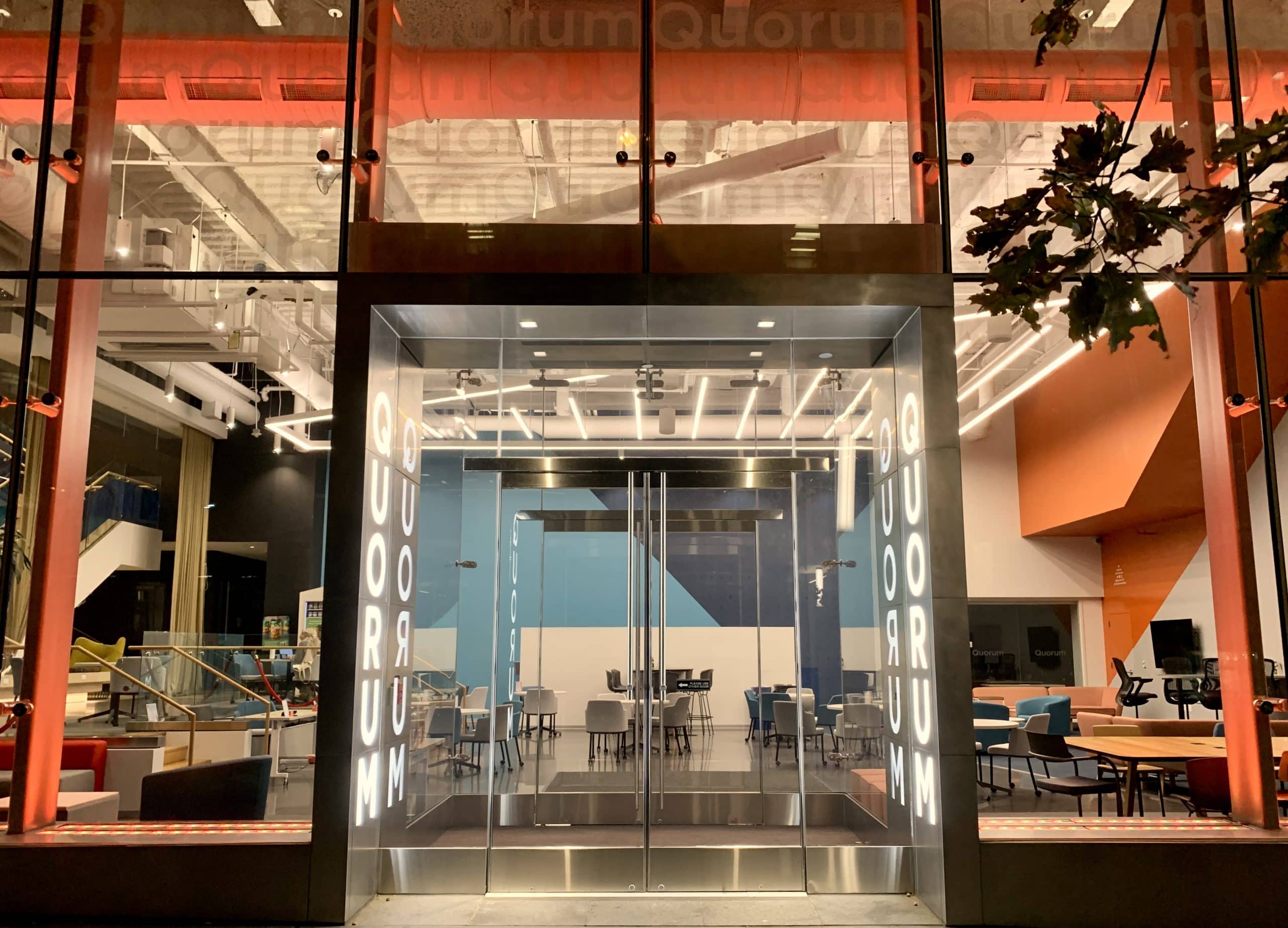Many video surveillance systems which were installed 8+ years ago use analog cameras, coaxial cable, matrix switchers, and DVRs. But as newer IP cameras have rapidly gained advanced features and dropped in price, they have become very desirable. Most brand-new installations will use IP cameras and leverage IP networks for the many associated benefits (which are outside of the scope of this article, but are one of our favorite topics). But what is the best way to transition from an existing analog CCTV system to an IP video surveillance system?
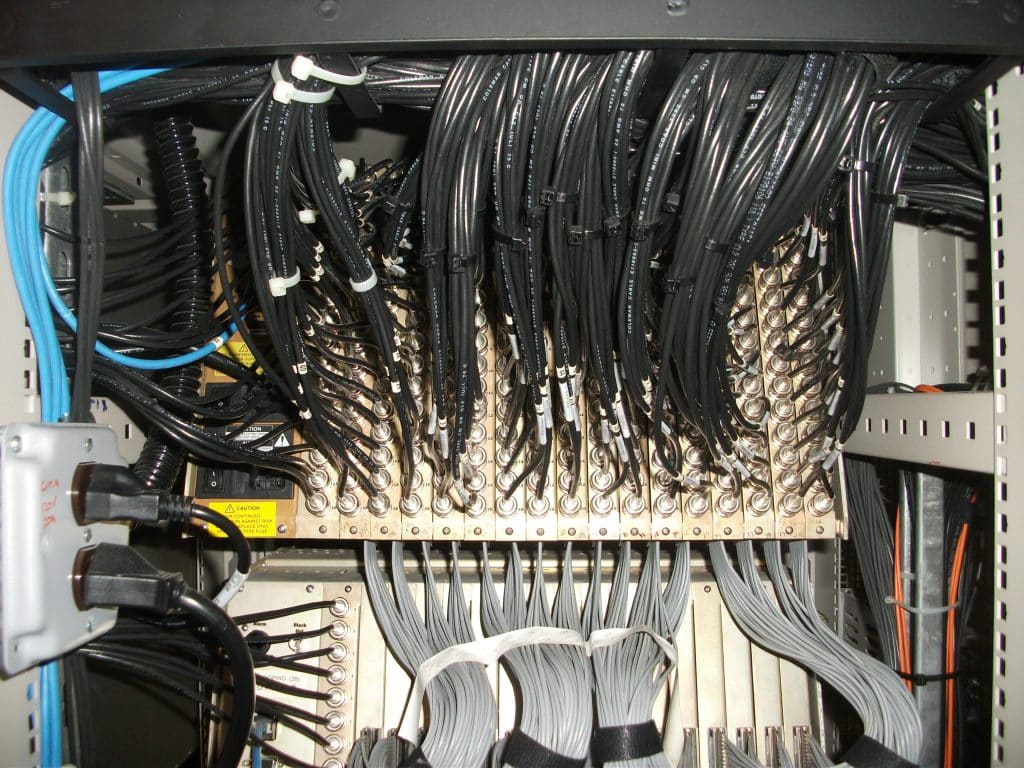
With various permutations, there are two main options that do not simply “rip and replace” everything, and so present cost savings through the reuse of existing infrastructure and/or equipment. These options can be differentiated principally by the use of either encoders or Ethernet over coax (EoC) converters.
The first option is to maintain the existing analog cameras and coaxial cabling and simply take the coaxial camera into an encoder. The encoder is a hardware device that takes the native output of the analog camera and converts it into the digital/IP realm we wish to achieve. The encoder streams the video onto the network to make it available for IP network-based viewing and recording. For the most part, the achieved video stream is whatever the analog camera’s native resolution, iris, average white balance, and so forth, when that camera was first manufactured. Alternatively, IP cameras are frequently more technically advanced in that these settings can be manipulated remotely and even have upgrades uploaded. The chip sets for newer IP cameras are much more advanced and provide much more detail, resolution, quality, and imagery–often with better construction.
The second option is to replace the analog cameras with new IP cameras while still maintaining the existing coaxial cabling. Because IP cameras output their signal as Ethernet over standard twisted pair (e.g. Category 6) cabling, Ethernet over coax (EoC) converters are required to reuse the existing coax. The EoC converter does exactly what it sounds like it does, and sends the Ethernet signal from the new IP camera over the coaxial cable. Another EoC converter on the far end receives the EoC signal and converts it back to standard Ethernet for input to an IP network. This method provides all of the benefits of newer, more advanced IP cameras while still making use of the extensive past investment in coaxial cabling.
So which one is better? That answer depends heavily upon budget and other requirements specific to your organization. Reusing existing analog cameras with new encoders is the option which has the lower immediate cost, and so may be easier to select. It is an easy way to get away from aging and difficult/impossible to repair/replace matrix switchers and DVRs while making the video more easily accessible over any area served by a connectable IP network. However, this option does not provide any of the upgrades in video quality and usability that come with the newer cameras. Additionally, when your organization is ready to jump to pure IP cameras, the encoders would no longer be useful.
Using new IP cameras with EoC converters provides for all of the same benefits of the option using encoders while also including the higher video quality and not requiring the purchase of new equipment with potentially shortened usability. This option reuses less existing equipment and so is the option with higher cost. However, for as long as new IP cameras remain within the bandwidth limitations of the specific EoC solution for your organization (considering many specific factors), all infrastructure remains reusable through a simple replacement of the camera when desired.
One additional benefit that an EoC converter option has over even a “rip and replace” model is that it does not require the creation of any new local equipment rooms with new IP network infrastructure. Ethernet over standard unshielded twisted pair (UTP) like Category-6 cabling has a limit of 100 meters of total end-to-end cabling length, whereas existing coaxial cabling may run over 3 times that far with no existing equipment rooms in between.
Replacing existing coaxial cabling with new Category-6 cabling may not be so easy. But, depending upon existing cabling and need for power over Ethernet (PoE), an EoC converter will likely allow the IP camera to be transmitted the full distance of the existing coax rather than requiring new intermediate equipment rooms or new longer distance transmission media like fiber optic cabling.
Because we are sometimes forward thinking, don’t be afraid to think forward even more. This is the “what-if.” This is where the responsibility of a consultant is very important for the long term benefit and sustainability of a project and client needs – to know that both network engineering and good security practice skills are independently available as consulting services which protect investments because of the benefit of training, certifications, and years of experience.

